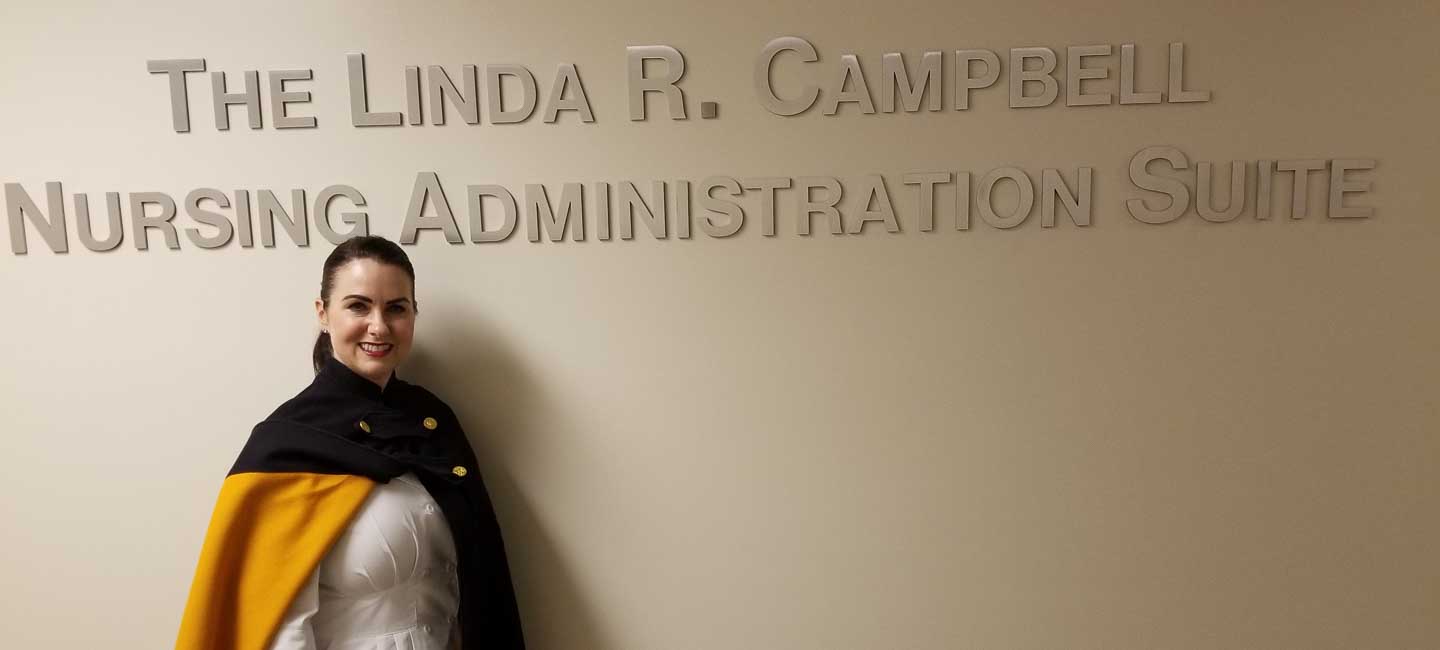Not All Superheroes Wear Capes
Nursing dates back to the Roman Empire in 300 A.D., but the profession has evolved greatly over the course of history, and its uniform has followed suit. Florence Nightingale ushered in a new era for nurses in the 19th century, and with it came more respect, formal education and uniforms. Standardized clothing conveyed a sense of expertise and belonging to the profession, while serving as identification in hospitals and on the battlefield.
Do you know the significance of some of the quintessential elements of the nursing wardrobe throughout time?
The Color White
Sometime in the early 20th century, the nursing uniform transitioned from blues and grays to white. The color white was associated with cleanliness. With a new focus on the prevention of infection and disease, the white uniform became standard.
The Dress
Prior to Nightingale and the reform of the nursing profession, family members and nuns were often primary caregivers for the ailing and injured. The earliest nursing uniforms were thus derived from the nun’s habit: a long dress, apron and cap. Over time, the dress became shorter and more functional so as not to impede mobility.
The Cap
Veil-like caps from the early days of nursing were also modeled after the nun’s habit. Their purpose was to cover the hair, keeping it tucked away and sanitary. Over time, the caps became smaller and less functional, serving more as a status piece. The crisp white hat symbolized dignity, pride and dedication. Today, the cap is often used during graduation ceremonies to mark the formal induction into the nursing profession.
The Apron
The traditional apron covered a nurse’s dress and protected it from contamination. It was much easier to remove and launder a soiled apron than an entire dress.
The Cape
In the early 1900’s, capes were worn by nurses to provide warmth on the job and also served as a way to display nursing rank.
The Scrubs
Since the early 90s, the traditional nursing uniform has been exchanged for scrubs in most hospitals and institutions. Scrubs are easier to work in, can be easily laundered and are inexpensive to replace if damaged.



